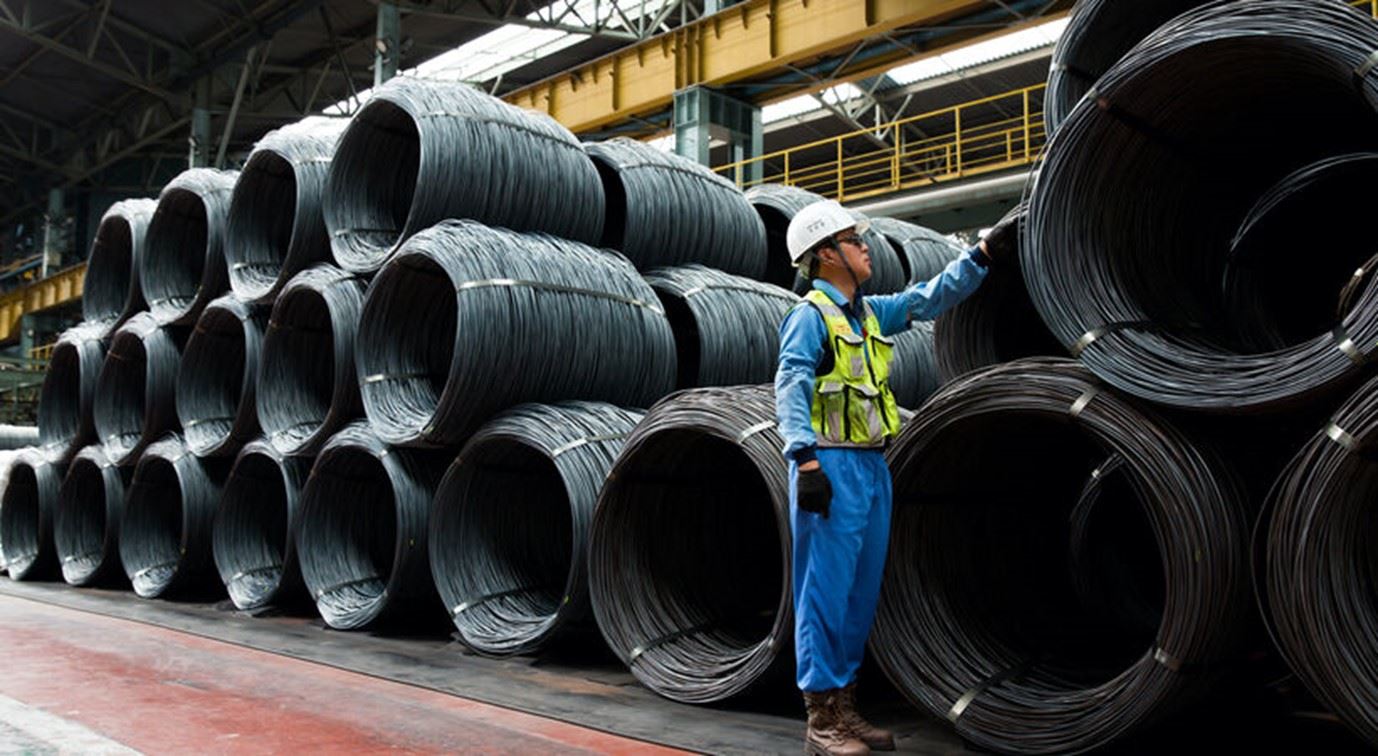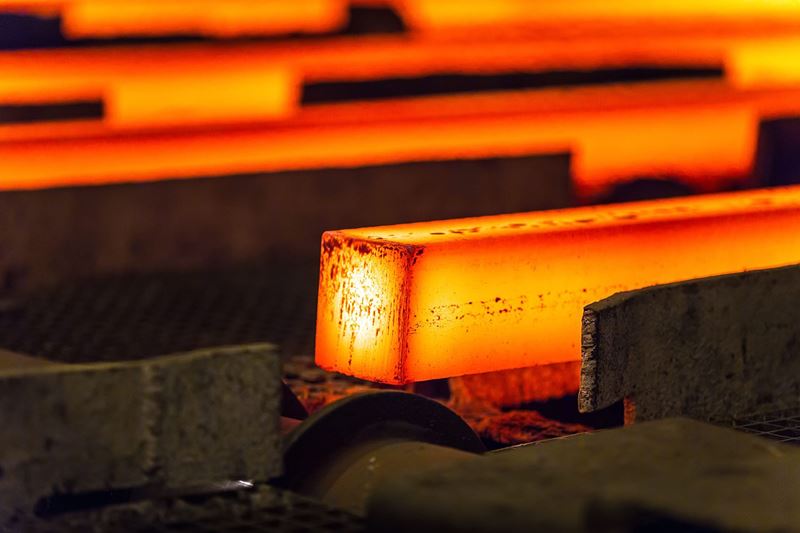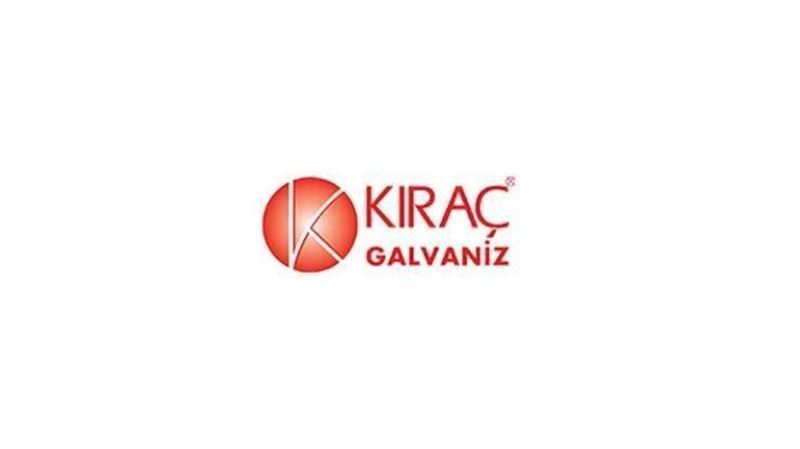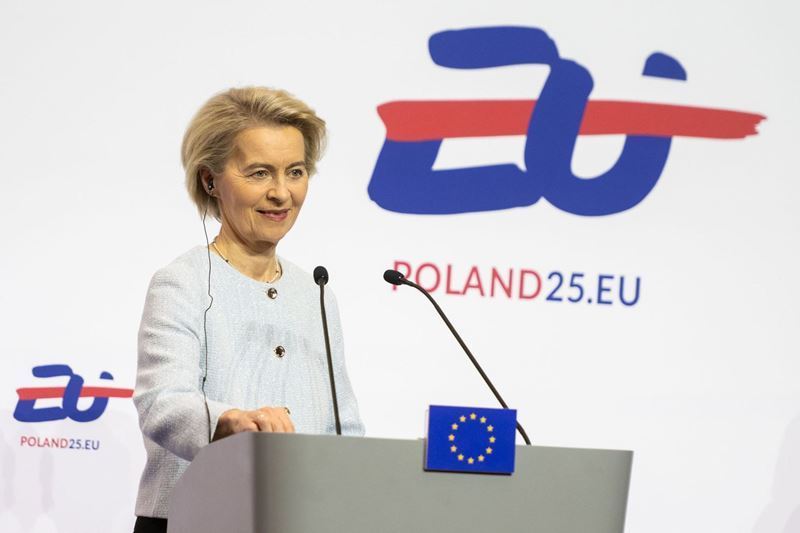Statistics confirm this trend. According to the Korea Iron and Steel Association, in the first quarter of this year, South Korea's export volume of heavy and thick plates increased by more than 25% compared to the previous year, reaching 845,000 tons. Meanwhile, production during the same period remained at last year's level, indicating a tendency to focus on overseas markets.
Among the regions where exports have increased are Europe, Japan, and the United States. Particularly noteworthy is the export to Europe, which rose by 50% compared to the previous year, reaching 295,000 tons.
The stagnation of domestic demand is one of the most significant factors driving steel companies towards an export-oriented growth strategy. In the first quarter of this year, domestic sales of heavy plates decreased by 7.6% compared to the previous year, reaching 1.488 million tons.
However, challenges also exist in overseas markets. The introduction of low-priced imported steel products negatively affects the profitability of steel companies. Especially, China's shift towards exports at low prices to address excess steel production is leading to a global surplus.
Finally, it is known that U.S. President Joe Biden is considering increasing tariffs on Chinese steel and aluminum. This could also impact the profitability of domestic steel companies' exports to the United States.
In conclusion, the South Korean steel sector is going through a critical period, aiming to strengthen its presence in overseas markets and maintain profitability.









Comments
No comment yet.